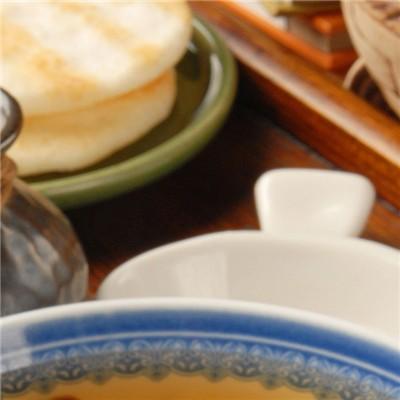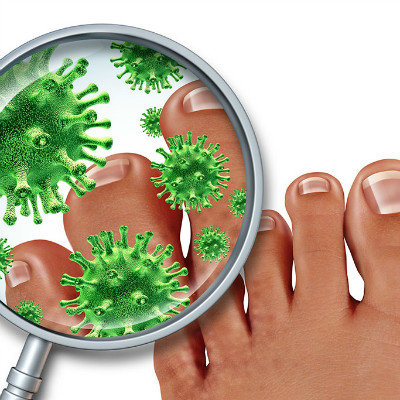Early symptoms of thrush?
summary
Thrush is a kind of oral disease, often occurs in infants, parents are worried that their children will get thrush. So, thrush early symptom?? The following will introduce the symptoms of thrush, in order to help parents learn more about thrush and help children treat thrush as soon as possible.
Early symptoms of thrush?
1. Oral mucosa appears milky white slightly high plaque membrane. After wiping off the plaque membrane, white things like milk clot appear on the oral mucosa of children. There is no inflammatory reaction around, and it looks like milk clot painless. It is common in buccal mucosa, inner side of upper and lower lips, tongue, gingiva, palate, etc., and sometimes affects the pharynx. At the beginning, it is dot or small flake, gradually fused into a large milky white membrane, slightly raised, the edge is not congested, this white membrane is not easy to wipe off, such as forced stripping, local mucosa flushing, rough and bleeding, mucosa quickly and again. It can be seen that the area of the red wound without bleeding is different.
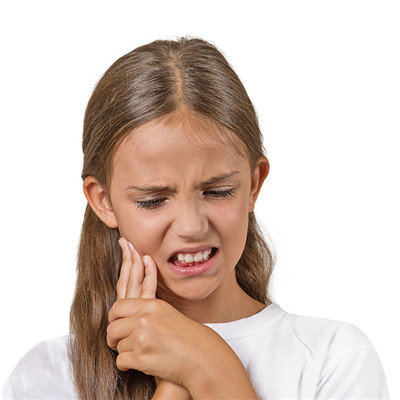
When the infection is mild, it is not easy to find unless the mouth is carefully examined, and there is no obvious pain or only painful expression when eating. When the infection is serious, the baby will be irritable due to pain, poor appetite, crying, difficult breast-feeding, and sometimes accompanied by mild fever. Thrush is not painful, does not cause drooling, does not affect sucking, no systemic symptoms. Sometimes, children will appear unwilling to take milk phenomenon.
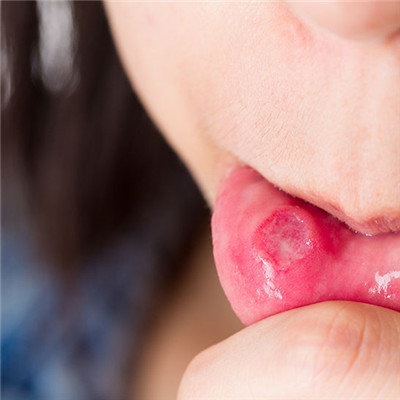
If the damaged mucosa is not treated in time, it can continue to expand and spread to the pharynx, tonsils, gums and so on. In more serious cases, it can spread to the esophagus and bronchus, causing candidal esophagitis or pulmonary candidiasis, resulting in dyspnea and dysphagia. In a few cases, it can be complicated with chronic mucocutaneous candidiasis, which can affect lifelong immune function. Even secondary to other bacterial infections, resulting in sepsis. Take a little white film, put it on the slide and add a drop of 10% sodium hydroxide. Under the microscope, the hyphae and seeds of the fungus can be seen.
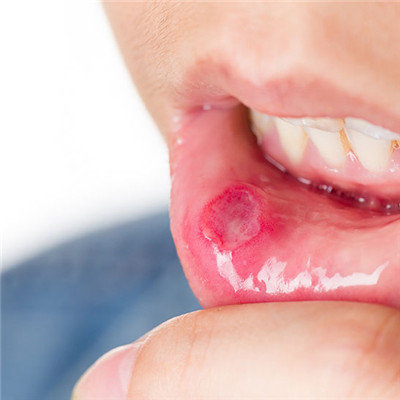
matters needing attention
Thrush is mostly caused by fungal infection, so in our daily life, we should pay attention to the regular cleaning and disinfection of children's growing environment, especially the disinfection of children's contact materials to prevent thrush.


